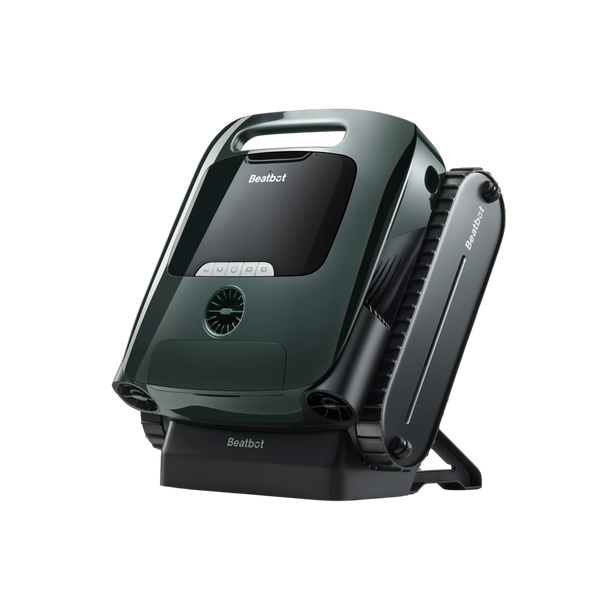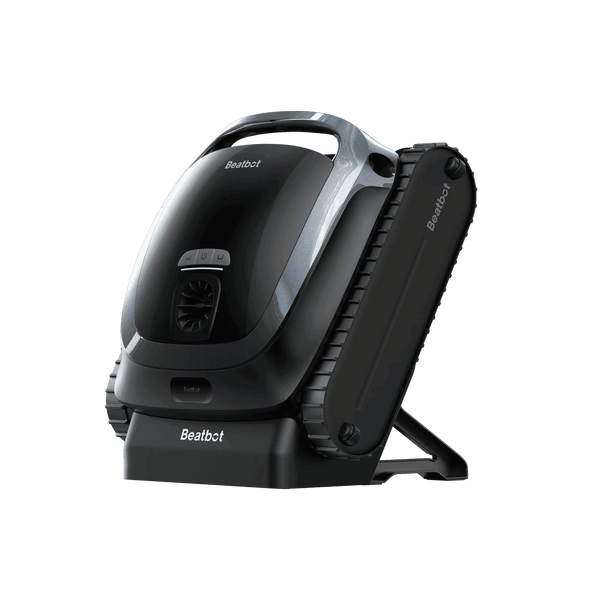Helpful Tips to Raise Low Cyanuric Acid in Your Pool
Low cyanuric acid makes your pool chemicals evaporate faster than ice cream melts in August. Your chlorine vanishes within hours, leaving your pool open to algae invasions and cloudy water. We'll show you exactly how to boost those CYA levels and keep your pool sparkling clean without wasting money on extra chemicals.
Table of content

What's the Deal with Low CYA?
Your pool loses chlorine fast on sunny days because there's not enough CYA to protect it. Cyanuric acid works like sunscreen for your pool chemicals - it blocks UV rays from breaking down chlorine.
Without this shield, you'll dump more chlorine into your pool than necessary.Most pool pros agree - when CYA drops under 30 parts per million (ppm), you're throwing money away.
Your chlorine dissolves before it kills bacteria and algae. Worse yet, you'll empty bottle after bottle of chemicals trying to keep up. Nobody wants to waste cash on chlorine that disappears before lunch.
Testing Your Pool's CYA Level
Getting accurate CYA readings matters more than most pool owners realize. Your local pool store might test for free, but having your own digital tester or quality test strips puts you in control.
Both options work great - just stick to the instructions on the package.Test your water at midday for the most accurate results, since water temperature affects CYA readings.
Write down your numbers each time you test. This helps you spot trends and catch problems early. After a few weeks, you'll know exactly when your pool needs attention.
The Fast Track: Adding CYA Stabilizer
Let's fix your low CYA levels fast. Start by measuring your pool volume - grab your dimensions and plug them into a pool calculator. Once you know how many gallons you're working with, check your current CYA reading. The gap between your reading and 50 ppm tells you how much stabilizer to add.Buy granular stabilizer from any pool supply store. Mix it in a 5-gallon bucket with warm water until you can't see any more granules.
Walk slowly around your pool's edge while pouring in the solution. Keep your pump running to spread the CYA evenly throughout your pool.
Choosing Quality CYA Products
The market floods pool owners with cheap stabilizers that barely dissolve. Stick with pure cyanuric acid from trusted manufacturers. You'll spot quality products by their fine, sandy texture and clear mixing instructions. Brands like Pool Mate and HTH deliver consistent results without the hassle of cloudy water or undissolved chunks.
Your wallet might tempt you toward bargain brands. Don't fall for it. Premium stabilizers dissolve faster and work better, saving you time and frustration. Plus, they won't leave white powder coating your pool floor.
Key Buying Tips
- Pick products labeled "pure cyanuric acid"
- Look for fast-dissolving granules
- Check reviews from real pool owners
- Compare cost per treatment, not package size
Common Mistakes to Dodge
Every pool owner learns some lessons the hard way. Save yourself the trouble by avoiding these CYA blunders. Never dump stabilizer directly into your skimmer - you'll clog it faster than autumn leaves.
Adding too much at once turns your pool cloudy and takes days to clear.Watch your pH levels while raising CYA.
Stabilizer can temporarily lower pH, making your water more acidic. Test and adjust your pH after adding CYA to keep your pool balanced and swimmer-friendly.
Alternative Methods That Work
Many pool owners swear by trichlor tablets to boost CYA naturally. These tablets slowly release both chlorine and cyanuric acid as they dissolve. Your CYA creeps up without extra work on your part.
But keep testing - levels can spike before you notice.Salt chlorine generators need different CYA ranges than traditional chlorine pools. If you're using a salt system, aim for 60-80 ppm.
Higher levels help your generator run smoothly without straining to produce enough chlorine.
Maintaining Perfect CYA Balance
Summer demands more attention to your CYA levels than other seasons. Outdoor pools lose more chlorine to sunlight, making proper CYA crucial for chemical efficiency. Indoor pools need less - usually 30-50 ppm keeps things stable.
Smart Maintenance Strategies
Track your readings in a pool log or phone app. Sudden drops might mean a leak, while steady climbs could signal it's time for partial water replacement. Different climates need different approaches - humid areas often need less CYA than dry regions.

Balancing CYA with Other Pool Chemicals
CYA levels affect more than just your chlorine. Your pool's chemical balance works like a seesaw - change one thing, and others shift too.
High CYA makes pH readings jump around. When you raise CYA, keep tabs on your pH and alkalinity.Test all your chemicals twice weekly until CYA stabilizes.
Free chlorine needs different targets based on your CYA level. Higher CYA means bumping up your chlorine to maintain the same sanitizing power. Salt pools run best when CYA stays between 60-80 ppm.
Chemical Relationship Guide
Some stabilizers pack extra punch with added pH buffers. These blends help maintain overall water chemistry while boosting CYA. But they cost more than pure stabilizer.
Weigh the convenience against your budget and pool needs.Pool stores push combination products hard. Pure CYA works just as well for most pools. Save money by handling pH separately unless you're dealing with constantly shifting levels.
Long-Term Success Tips
Monthly CYA tests prevent most common pool problems. Mark your calendar or set phone reminders - consistent testing beats emergency fixes every time. Keep spare stabilizer on hand during swim season. Nothing ruins a pool party faster than cloudy water and vanishing chlorine.Balance matters more than hitting exact numbers. Your pool works fine within a range of CYA levels. Focus on keeping readings steady rather than chasing perfect readings.
Most pools run great between 30-80 ppm, depending on your setup and local conditions.Remember - stable CYA means less work and lower chemical costs over time.
You'll spend less on chlorine, fight fewer algae blooms, and enjoy crystal clear water all season long. Get your CYA right, and your pool practically takes care of itself.
Pro tip: If you're still struggling with CYA levels after trying these methods, get your water tested professionally. Sometimes underlying issues need expert eyes to spot and fix.
Relative Blogs
About the author



















